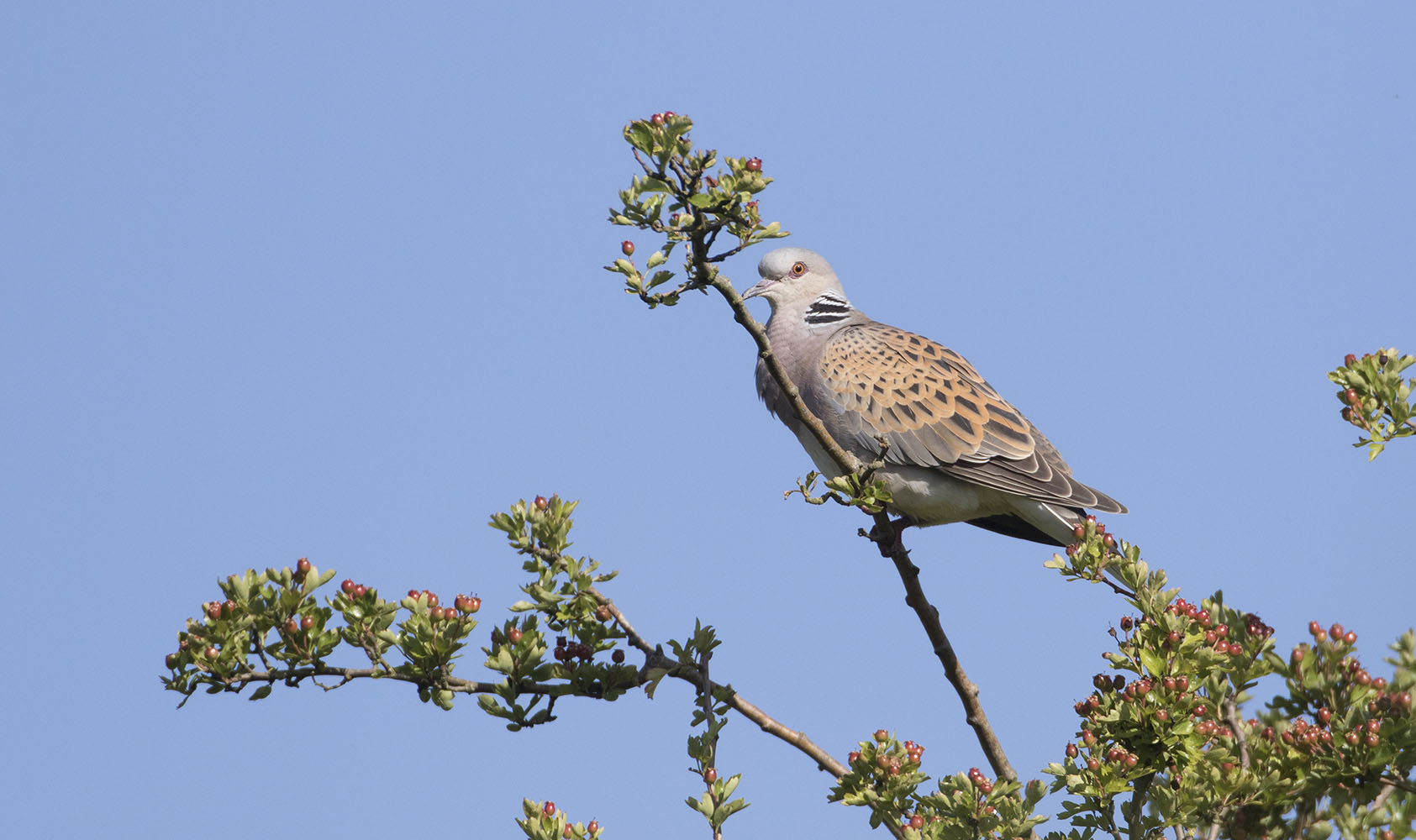
Migration blog (30th April - 6th May)
With spring migration in full swing, what should we be looking out for in the coming week?
With a change in the weather from conditions more akin to those expected in May or June to more typical April showers, the effects on those species that are on the move at this time of year were minimal, with perhaps just the hint of an easing up of migration. For many of our resident species the breeding season is in full swing. The recent rain will be welcome as it will provide more food for their offspring as invertebrates emerge in response to the rain. With more of the same weather forecast in the coming week, what effects will this have on migratory birds and what can we expect to see during the next few days?
Many of the summer visitors we enjoy seeing each year, like Swallow, Nightingale, Blackcap and Chiffchaff, will have already arrived. Some of these may already have eggs, in particular Blackcap and Chiffchaff, both of which are amongst the earliest migrants to arrive. Over the last week some of the later summer migrants, including Garden and Wood Warblers, Turtle Doves, Spotted Flycatchers and Hobby, have started to arrive in increasing numbers and several people have managed to add them to their growing lockdown bird list – for some they may even breed in their gardens, in the case of Spotted Flycatcher. The next couple of weeks probably see the maximum diversity of species on the move, although as already mentioned many of 'our' summer migrants will have arrived. Those birds that breed further north in Scandinavia and beyond will still be passing through. A good example of this is Osprey. Most of the UK breeding birds arrived in early April and will have laid eggs by now, but Ospreys will continue to pass through the country right through May as they head to Scandinavia for the breeding season. Ospreys are not the only example; Redstarts, Nightingales, Ring Ouzels, Whinchats, Pied Flycatchers, and Yellow Wagtails seen at this time of the year at coastal locations could well be on their way to breed in Northern Europe rather than here. The past week also saw the continued arrival of Arctic and Common Terns, with several inland locations getting in on the action as small flocks headed north, dropping into reservoirs and rivers to feed on the way.
Wader migration also became more evident last week with several flocks of Whimbrel and Bar-tailed Godwits recorded across the country, with some keen nocturnal sound recordists also recording them as they passed over in the hours of darkness. Breeding around and above the Arctic Circle, many wader species migrate later in the year to ensure they don't arrive on their breeding grounds before the majority of the winter snow has melted.
As would be expected at this time of year a few scarcities were also noted, with the Isles of Scilly scoring both Red-throated Pipit and Eastern Subalpine Warbler, alongside a supporting cast of Golden Oriole, Purple Heron and the male Lesser Kestrel that arrived back in March. A Sardinian Warbler also put in a brief appearance in Cornwall and a lucky few observers managed to see a Hoopoe in or around their gardens.
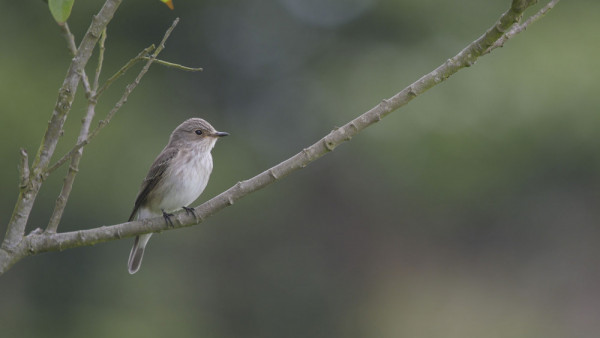
Species focus - Spotted Flycatcher
The Spotted Flycatcher is one of the last of our long-distance summer migrants to arrive, often around the end of April. The first this year was reported on 7 April and fits nicely with annual outlying early records of this species.
Many of our long-distance migrants have been showing declines and the Spotted Flycatcher is no exception; the species is down by 55% between 1992 and 2017. The drivers of this decline remain unclear, but there is some evidence to suggest that nest predation might be part of the problem.
The current population estimate for the UK is 41,500 pairs. Research has shown that Spotted Flycatchers breeding in gardens are more successful than those breeding in woodland and farmland. The average clutch size is 4 eggs and two broods is not unusual. The eggs are incubated for 10–15 days and the young leave the nest 12-16 days later.
This is definitely a species worth keeping an eye out during the next week. The looping flycatching flights are hard to miss and show off the long wings associated with a bird suited to long-distance flight. There is evidence to suggest that at least some of our Spotted Flycatcher winter as far south as Namibia.
Looking ahead, the forecast is set for a mixed bag of weather and this may well have a start-stop effect on migration.
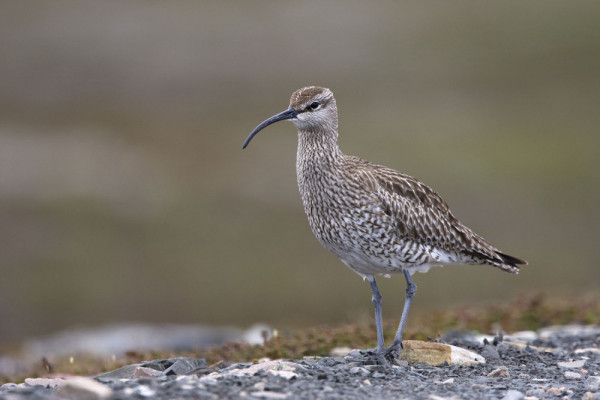
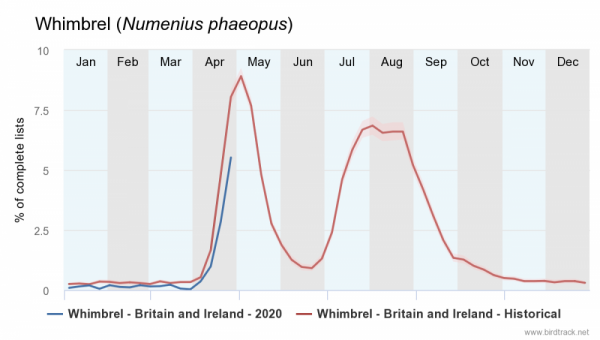
Weather for the week ahead
Looking ahead, the forecast is set for a mixed bag of weather that may well have a start-stop effect on migration. Towards and over the weekend rain looks to be spreading south and east from the north. The wind direction will be swirling around from the north and west as a low-pressure system moves eastwards from Scotland toward Scandinavia, before switching to lighter south/south-easterlies by the end of the weekend. During the early part of next week, high pressure will build over the North Sea and, combined with a small low off the southwestern coast of the UK, brings an easterly airflow to many parts, with the exception of the south-west which will have heavy showers on Tuesday.
These unsettled conditions in the southwest could force many birds that are migrating to land and sit out the adverse weather, thus becoming what are known as grounded migrants. Depending on a range of factors, such as time of year, wind direction, and the time of day the bad weather arrives, the numbers of grounded migrants can vary. When the conditions come together, the numbers of grounded migrants can be large and these are often referred to as 'falls', due to the fact that birds can almost be seen to fall out of the sky as they hit the bad weather. The weather on Tuesday doesn't look like it will produce a large fall of birds, but it is highly likely to force some birds to halt their migration for a day or two until conditions change. Coastal locations tend to get the lion's share of these grounded migrants as birds seek the first bit of cover they can find after crossing the sea, and headlands can receive especially large numbers of a particular species. Those species most likely to be grounded this weekend include Redstarts, Spotted Flycatchers, Wood Warblers, Pied Flycatchers, Lesser Whitethroats, Whinchats and maybe even a Red-backed Shrike or Wryneck. Any of the more aerial species such as Swifts, Swallows and Martins often congregate around reservoirs or over reed beds when rain and stronger winds arrive. The leeward side of a woodland can also provide enough shelter for them to still feed. In really heavy downpours House Martins and Swallows have even been known to cling to the walls on the sheltered sides of houses, whilst Swifts can often be seen in large flocks either proceeding or following large rain clouds as they navigate around them.
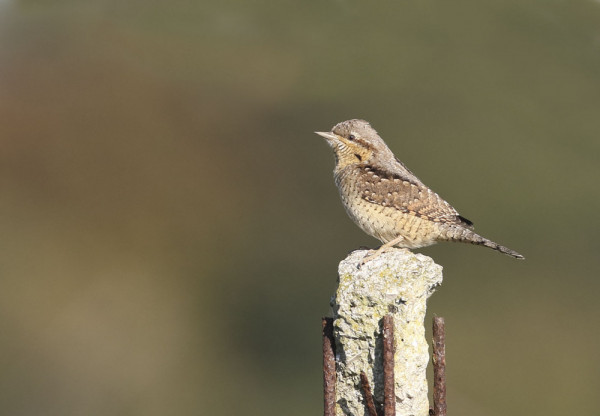
For the rest of the UK, the intermittent nature of the rain showers and changing wind direction could see a slowing of migration, but given a window of good weather large numbers of birds can be on the move again. The easterly airflow on Tuesday could also see some birds pushed across the North Sea. Again, the most likely species will be Redstarts, Whinchats, Pied Flycatchers and Sylvia Warblers. Scarcer species that could also turn up given these conditions include Wryneck, Icterine Warbler, Great Reed Warbler, Red-breasted Flycatcher, Bee-eater, Little Bittern and Marsh Sandpiper. This is also a good time of year for Little Gull and Black Tern passage and these can turn up anywhere from the coast to inland reservoirs and lakes. Several wader species will also be on the move this week with Wood, Green, and Curlew Sandpipers starting to arrive. Next week is the peak month for Common Sandpipers, a rapidly declining species that breeds across Ireland, Wales, Scotland and Northern England. Grey Plovers and Whimbrel will also be moving northwards, with the distinctive call of Whimbrel often the best way of locating a bird or flock as they pass overhead.
Once the low-pressure system in the southwest clears, a southerly breeze sets in for a day or two. This could produce Manx Shearwaters and Kittiwakes that will be heading back to their breeding islands and cliffs. Pomarine, Arctic and the occasional Long-tailed Skuas could also be seen as they follow the Kittiwakes northwards, some times pirating them as they go. All in all, it looks like a real mixture of weather with each part of the UK experiencing changeable conditions throughout the coming week and, with the possibility of a good range of species on the move, some of may well be observable from your homes.
Let us know what you see in the coming days and your lockdown highlights so far.


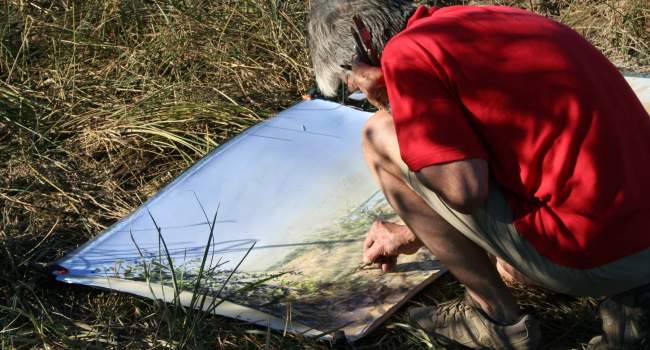
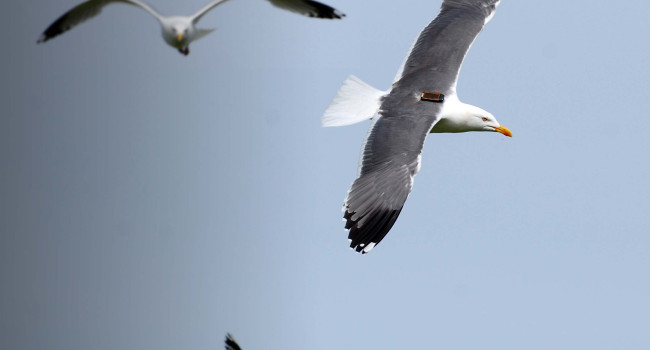
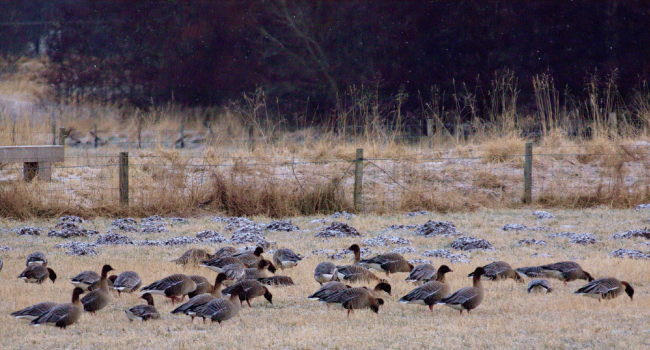

Share this page